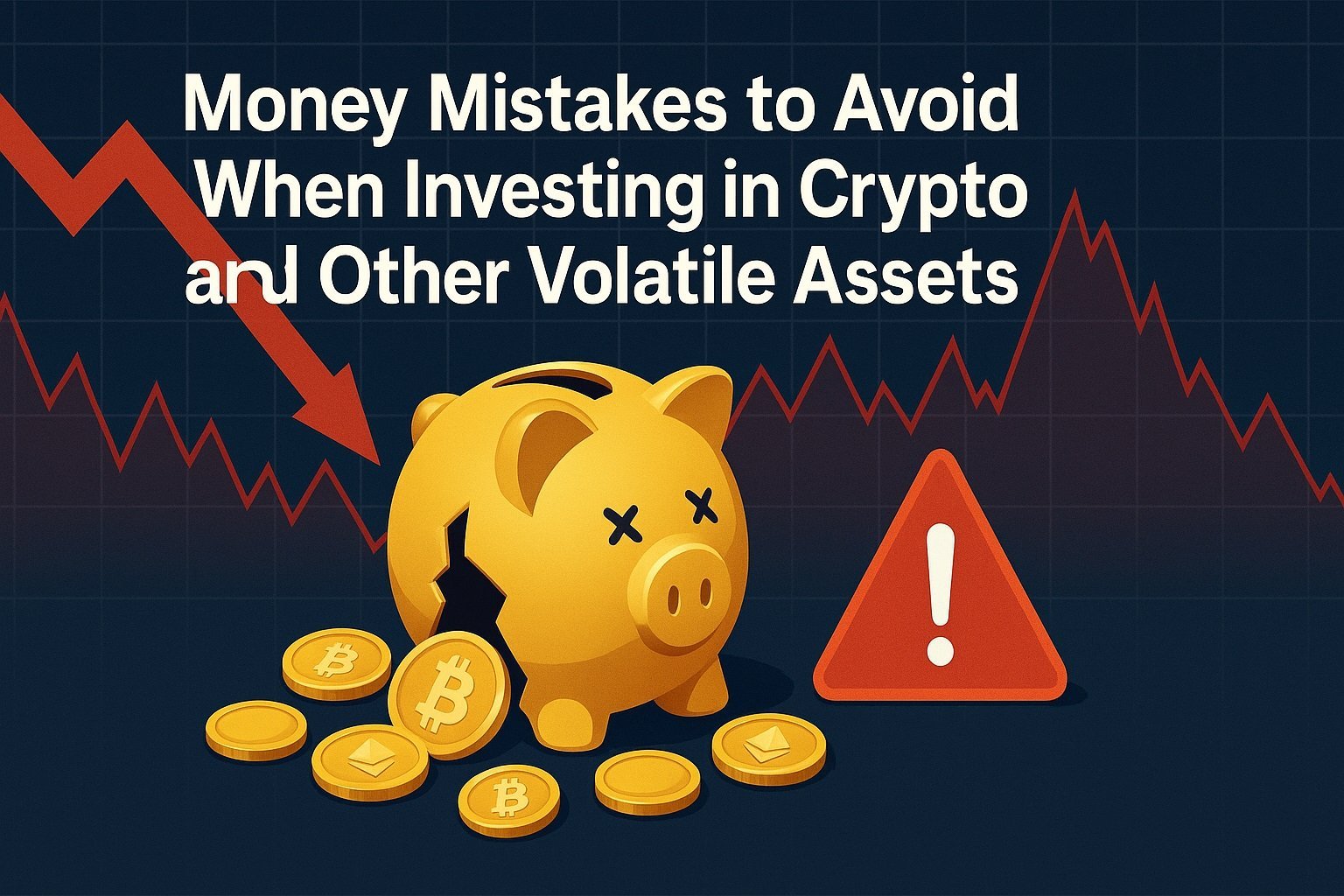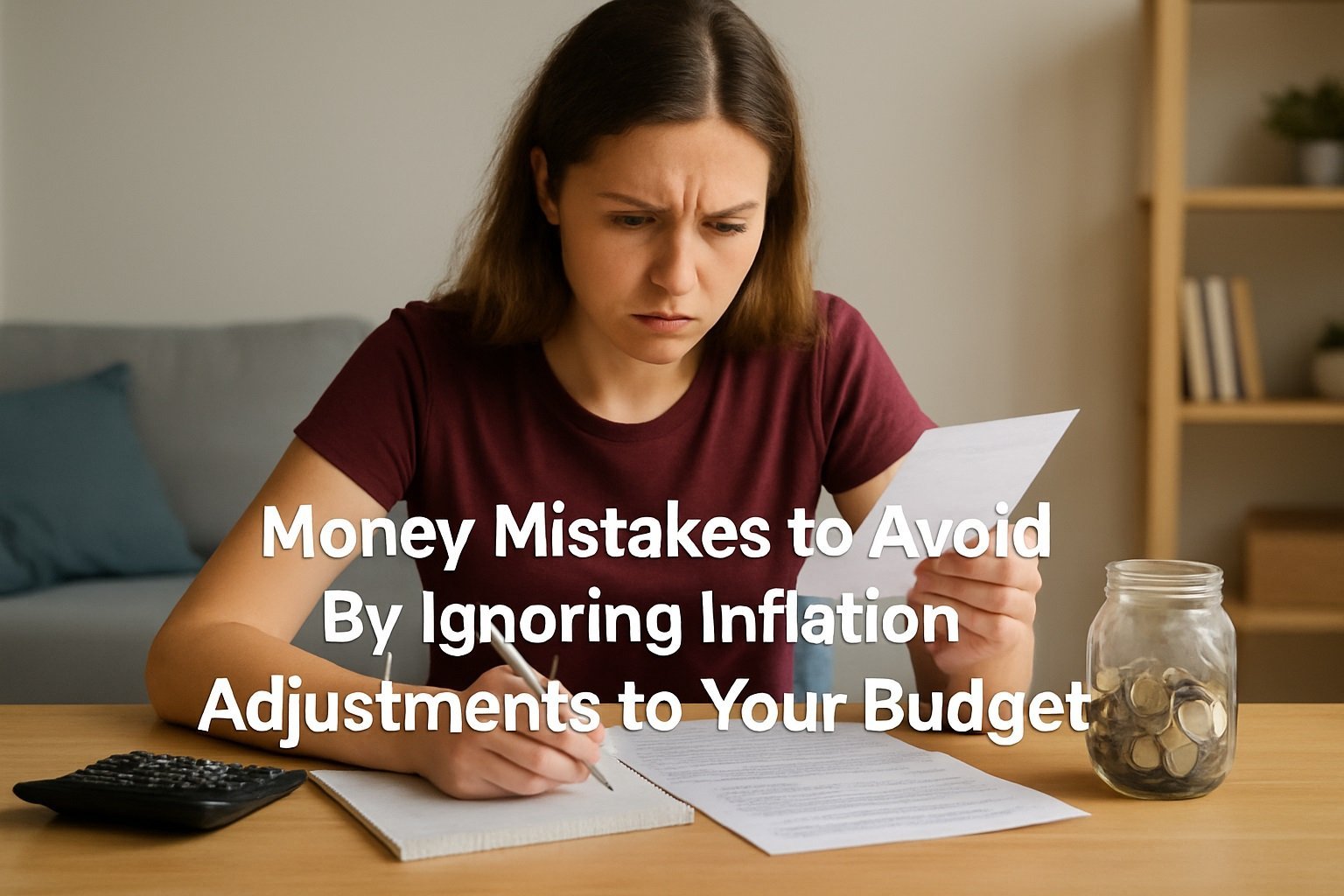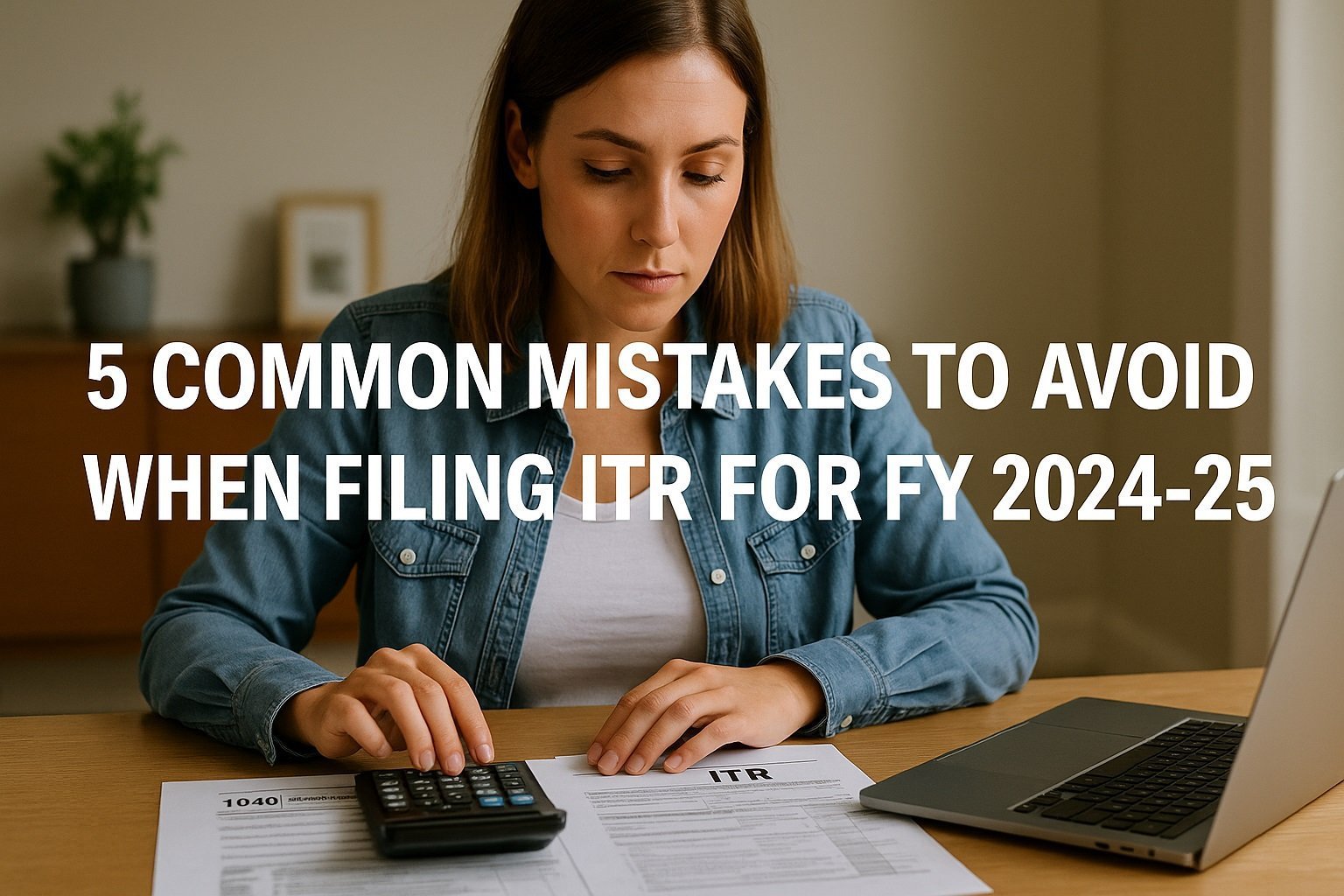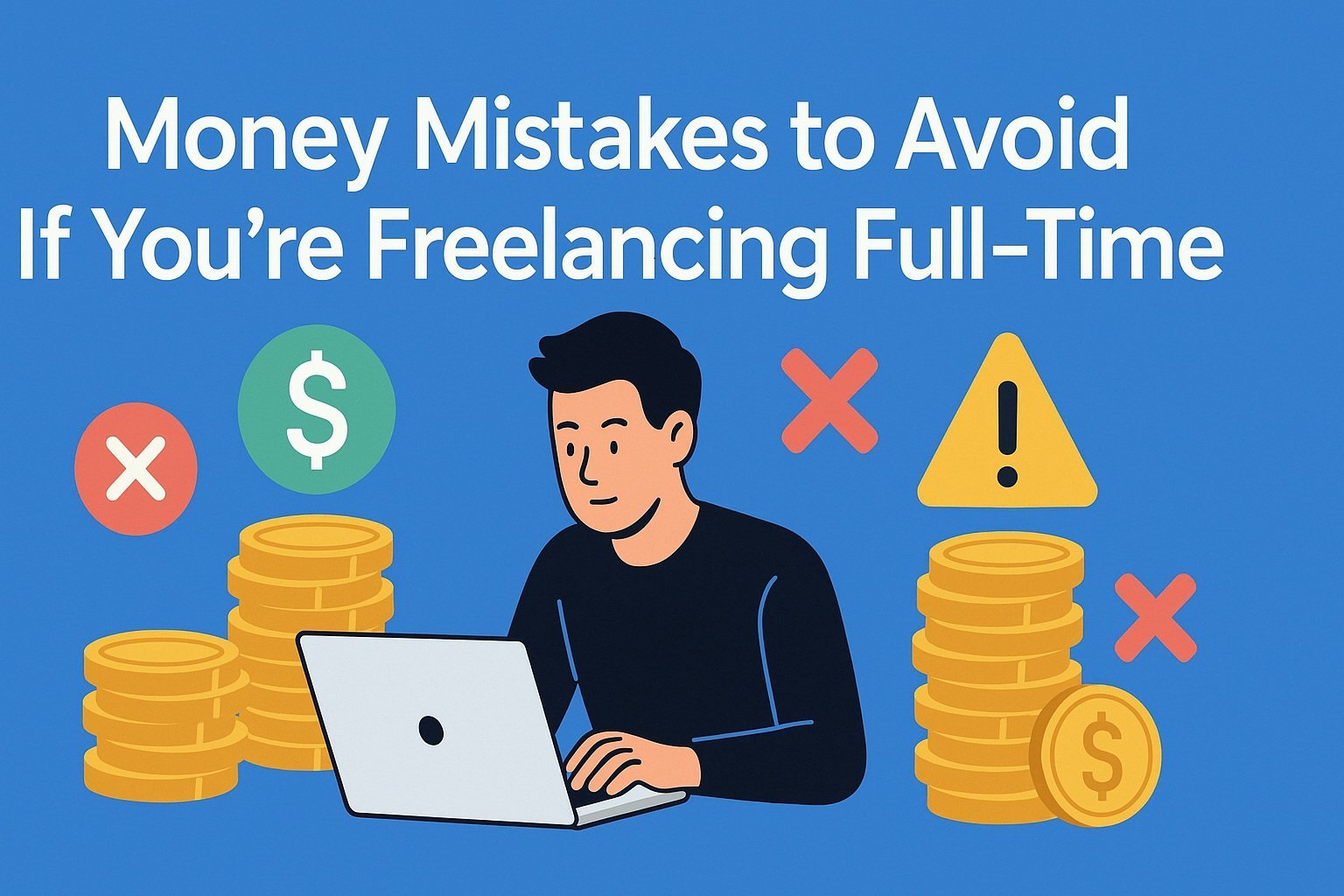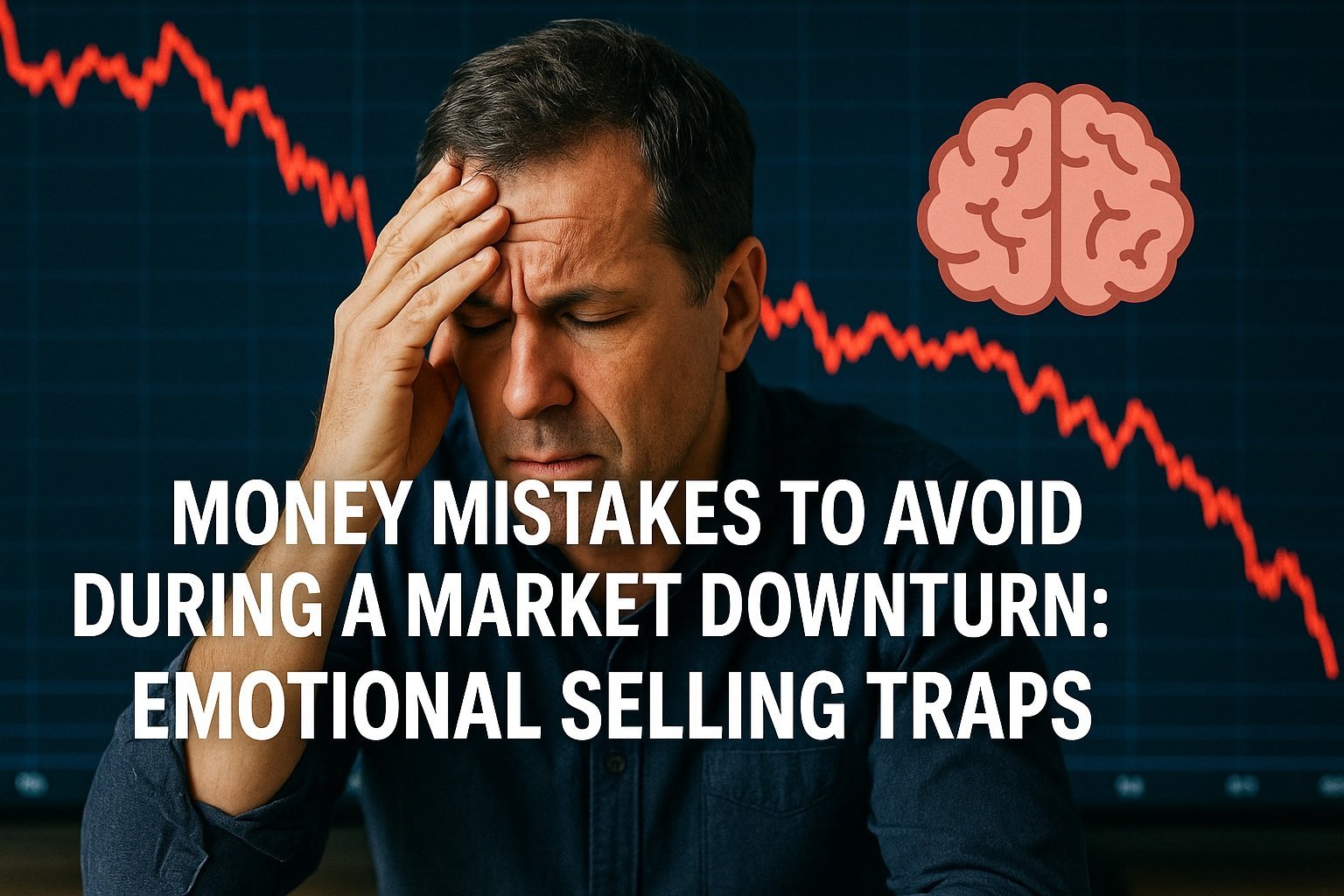
A market downturn is any sustained drop in stock prices (typically 10% or more from recent highs). While the headlines shout “sell now”, the real danger is emotional selling, acting on fear instead of strategy. In the next few minutes you’ll discover the seven costliest mistakes investors make when markets fall and the evidence-backed steps you can take today to stay calm, stay invested, and come out stronger on the other side.
Why Emotions Spike When Prices Slide
 When the value of your portfolio starts to shrink, it can feel like the ground is slipping from beneath your feet. That sensation isn’t just in your imagination – it’s rooted in well-documented psychological biases.
When the value of your portfolio starts to shrink, it can feel like the ground is slipping from beneath your feet. That sensation isn’t just in your imagination – it’s rooted in well-documented psychological biases.
Panic and Loss Aversion
Behavioural finance research shows people hate losses more than they enjoy gains of the same size. If a $1,000 gain feels great, a $1,000 loss stings even more. During a downturn, loss aversion kicks in hard. Instead of calmly weighing options, our instinct is to avoid further pain by selling assets at a low, even if history proves that markets eventually recover.
Action-Bias Under Pressure
Another culprit is action bias – the urge to do something rather than nothing. Inaction feels like giving up control, so dipping into cash or switching investments seems better than sitting tight. Ironically, studies suggest that a “wait and see” approach often outperforms frenzied trading during volatile periods.
Social Proof and Herding
We also look to others for guidance. When newsfeeds brim with fear-driven stories and friends talk about bailing out, it amplifies our own doubts. The more people sell, the stronger the signal that selling must be right. But following the crowd rarely leads to optimal outcomes; instead, it can turn a temporary slump into a permanent regret.
By understanding these tendencies, you can catch yourself before you make the first costly mistake: letting emotion drive your decisions. In the next section you’ll learn practical strategies to interrupt these thought patterns, so you won’t fall into the most common selling traps when prices slide.
The 7 Most Expensive Money Mistakes in a Downturn
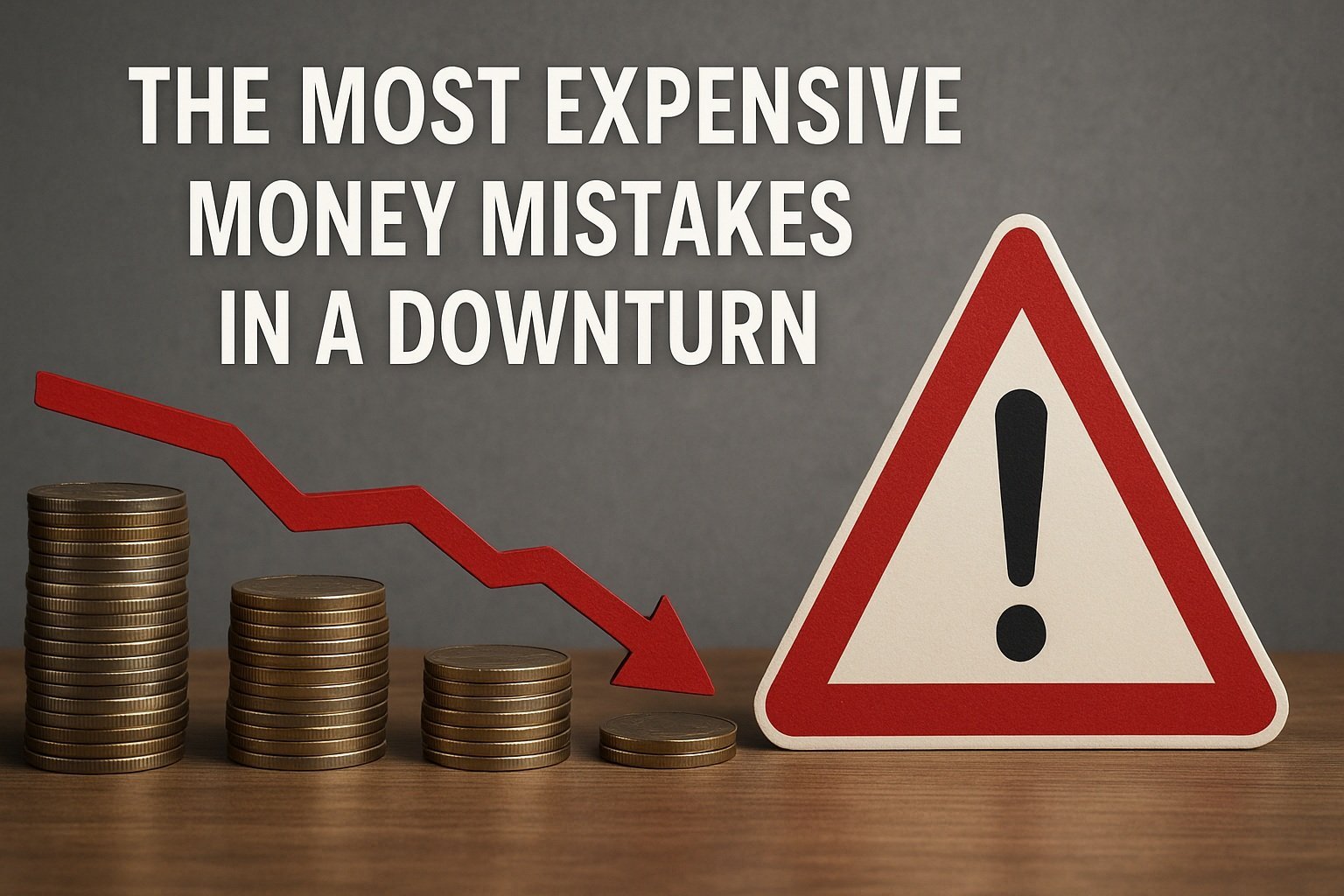
| Mistake | Emotional Trigger | Real-world Consequence |
|---|---|---|
| Panic-selling at the bottom | Fear of deeper losses | Locks in a paper loss and often misses the strongest rebound days. |
| Mistake | Emotional Trigger | Real-world Consequence |
|---|---|---|
| Fleeing to cash and never getting back in | Safety bias | Historically underperforms staying invested or rebalancing. |
Over time, the stock market has tended to reward patience: even in tumultuous years, missing just a handful of the best rebound days can slash your long-term returns dramatically. By contrast, a disciplined rebalance—selling a portion of winners to buy into battered assets—forces you to buy low, sell high, and stay in the action. Letting cash drag on your portfolio means you’re effectively opting out of those powerful recoveries, turning a temporary market wobble into a permanent hit to your wealth.
| Mistake | Emotional Trigger | Real-world Consequence |
|---|---|---|
| Chasing recent winners | FOMO | The buy-high, sell-low cycle erodes returns. |
When you see a stock or sector soaring, it’s easy to feel like you’re missing out if you don’t jump on board. That fear of missing out pushes many investors to pile into hot names just as they peak. Unfortunately, what goes up fast often comes down just as quickly. Buying at or near the top locks you into high prices, and when enthusiasm fades, you end up selling at a loss. Instead of chasing the latest superstar, focus on your long-term asset allocation and individual company fundamentals. Discipline beats hype every time, helping you avoid the costly buy-high, sell-low trap.
| Mistake | Emotional Trigger | Real-world Consequence |
|---|---|---|
| Trying to time the bottom | Illusion of control | Evidence shows even pros rarely pick the turn |
| Mistake | Emotional Trigger | Real-world Consequence |
|---|---|---|
| Ignoring diversification and rebalancing | Overconfidence | Concentration risk magnifies drawdowns. |
When you’re confident in a handful of winners, it’s tempting to let your winners run unchecked. Overconfidence convinces many investors that their top picks will continue to outperform, so they ignore the benefits of spreading risk across different asset classes. In a downturn, that single-sector bet can turn into a deep hole as all your positions drop together. Regular rebalancing—from stocks into bonds or from one sector to another—forces you to trim gains and buy undervalued assets. That simple discipline not only smooths out volatility but also helps you lock in profits when markets recover, so you never have all your eggs in one basket.
| Mistake | Emotional Trigger | Real-world Consequence |
|---|---|---|
| Raiding long-term investments for short-term cash | Liquidity panic | Taxes, penalties, and lost compounding |
When an unexpected expense hits, the urge to tap retirement accounts or sell high-growth holdings can feel like the only way out. That liquidity panic often leads to tax bills, early-withdrawal penalties and the permanent loss of years of compound growth. Even a modest withdrawal today can shrink your future nest egg significantly. Instead, consider building a small emergency fund in a separate account so you don’t have to raid long-term investments and sacrifice tomorrow’s gains for today’s needs.
| Mistake | Emotional Trigger | Real-world Consequence |
|---|---|---|
| Investing without a written plan | Action bias | Reacts to headlines instead of objectives. |
| Scenario | Long-Term Impact |
|---|---|
| Fully invested through downturn | Captured every rebound and maximized recovery |
| Missed the 10 best recovery days | Lost more than half of potential long-term gains |
Six Proven Tactics to Avoid Emotional Selling Traps

Create or update a rules-based investment policy statement.
Putting your strategy in writing turns vague intentions into clear guardrails. Outline your goals, time horizon, risk tolerance and target asset mix. Specify exactly when you’d add to or trim a position—say, if equities fall by 15 percent or bonds hit a certain yield. When fear or excitement kicks in, you simply consult your policy instead of letting gut instinct dictate your next move.
Automate dollar-cost averaging so buying continues when prices fall
By setting up recurring investments—weekly, biweekly or monthly—you remove the temptation to “wait for a better entry. ” Each contribution buys more shares when prices are down and fewer when markets are up, smoothing out your average cost over time. This hands-off approach keeps you buying during every leg of a downturn, so you never miss out on the strongest rebound days.
Schedule quarterly rebalancing to sell high and buy low mechanically
Instead of eyeballing your portfolio every day, lock in a quarterly calendar reminder. Compare your current allocations against your targets, then trim any overweight positions and use the proceeds to top up underweight areas. That mechanical discipline forces you to lock in gains and redeploy cash into beaten-down assets without wrestling with emotion.
Use pre-commitment devices such as threshold alerts rather than market orders
Set up price or percentage-trigger alerts in your broking account—never a market sell order. For example, receive a notification if your tech allocation drifts 5 percent above target or if a key stock price falls 10 percent in a week. Those alerts give you time to revisit your policy and market context before acting, preventing impulsive trades driven by panic or hype.
Limit doom-scrolling by curating a fact-based information diet
Constant headlines about crashing prices and worst-case scenarios fuel anxiety. Instead, pick two or three reputable sources—a quarterly economic report, your advisor’s newsletter or a well-known financial journal—and check in on a fixed schedule. Reducing exposure to sensational news clips helps you stay grounded in data and avoid reactionary decisions.
Partner with an advisor or accountability buddy for behavioral coaching
Even the most disciplined investors can slip up when markets wobble. Sharing your policy and rebalance rules with a trusted advisor or peer adds an extra layer of accountability. A simple monthly check-in or joint portfolio review keeps emotions in check, as you’re less likely to stray from your plan when someone else is watching the scoreboard with you.
24-Hour Action Checklist
To turn insights into action before the market opens again, spend the next day working through this quick checklist. Each step takes just a few minutes yet lays the groundwork for calmer, more disciplined decisions when volatility strikes.

-
Check emergency-fund coverage (3 to 6 months’ expenses)
Open your savings or money market account and verify you have enough to cover at least three months of living costs, ideally six. If you’re short, earmark any spare cash this week to top up that buffer. Having a fully funded emergency pool means you won’t feel forced to raid long-term investments when unexpected bills arise. -
Review current asset allocation vs target bands
Pull up your latest portfolio statement and compare each holding to the target allocation you set in your policy. Note any assets more than five percentage points above or below target. This quick gap analysis highlights where you need to trim winners or add to laggards so you stay aligned with your risk profile. -
Draft a one-page plan: goals, time horizon, max acceptable drawdown
On a single sheet, outline your primary objectives (for example, saving for retirement or a down payment), your intended time frame, and the largest temporary loss you can tolerate without losing sleep. Tucking this plan into your desk or saving it on your phone turns abstract goals into a concrete reference you can revisit whenever you feel uneasy. -
Set calendar reminders for automatic contributions and rebalancing
Block off recurring time slots in your calendar—weekly or monthly for dollar-cost averaging and quarterly for rebalancing. Add descriptive titles such as “Fund X auto-buy” or “Portfolio rebalance check” so that when the alert pops up, you know exactly which action to take. Automating these reminders helps you act on plan rather than impulse.
FAQ (optimized for People Also Ask)
| Question | Brief Answer |
|---|---|
| Is it smart to sell stocks during a downturn? | Selling after big drops usually locks in losses and causes you to miss the best rebound days. Following a clear strategy outperforms gut reactions. |
| What should you never do in a bear market? | Never panic sell, abandon diversification, or halt your contributions. Those moves tend to amplify long-term damage. |
| How do I control my emotions when investing? | Automate your buy and rebalance rules, keep a written plan close at hand, limit media noise, and consider behavioural coaching for extra discipline. |
| Should I keep dollar-cost averaging when prices fall? | Absolutely. Continuously buying more shares at lower prices reduces your average cost and ensures you capture the recovery. |
| How can I protect my retirement portfolio in a crash? | Maintain a healthy cash buffer, stick to your rebalance schedule, and match your risk level to your time horizon rather than headlines. |




